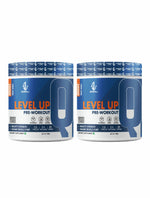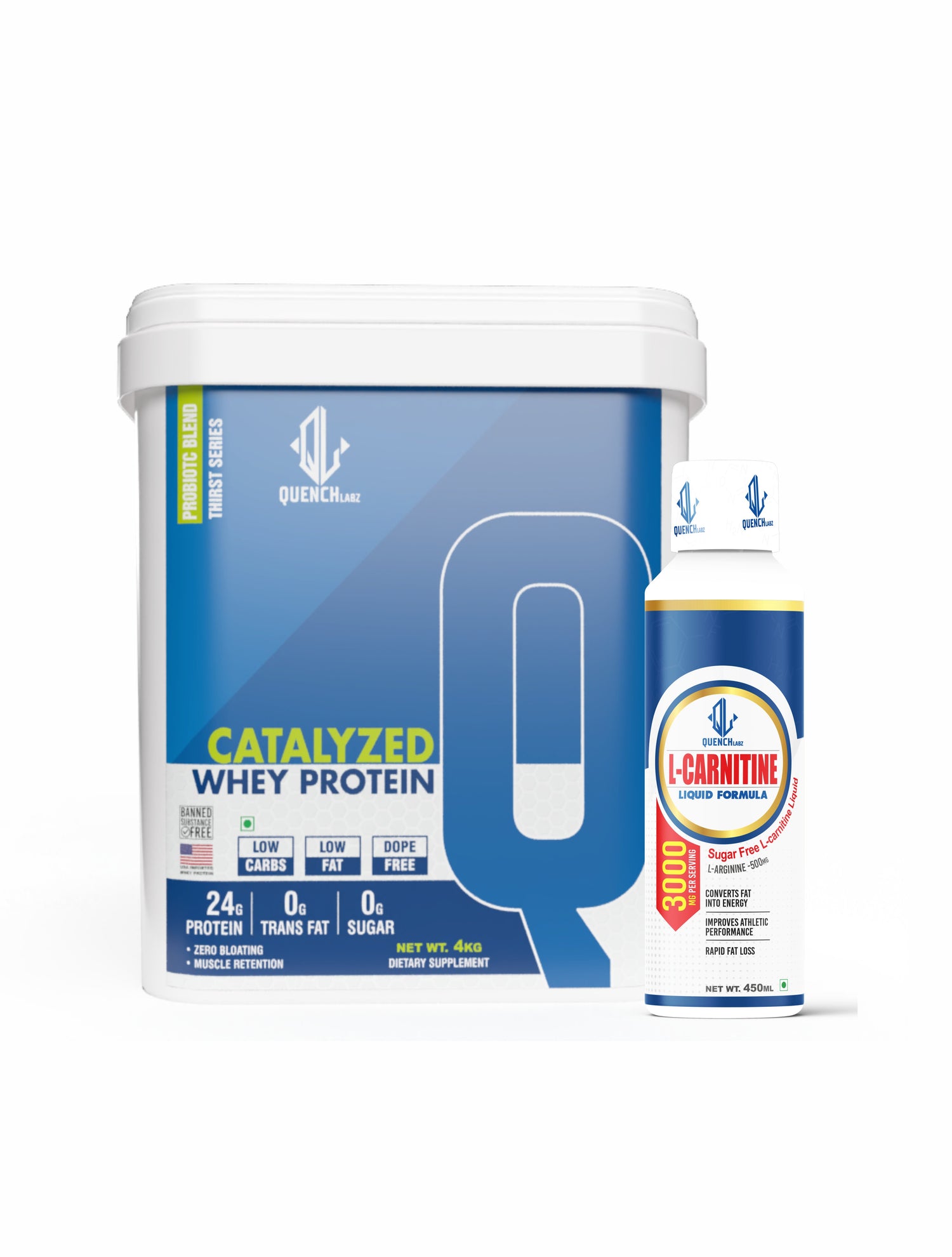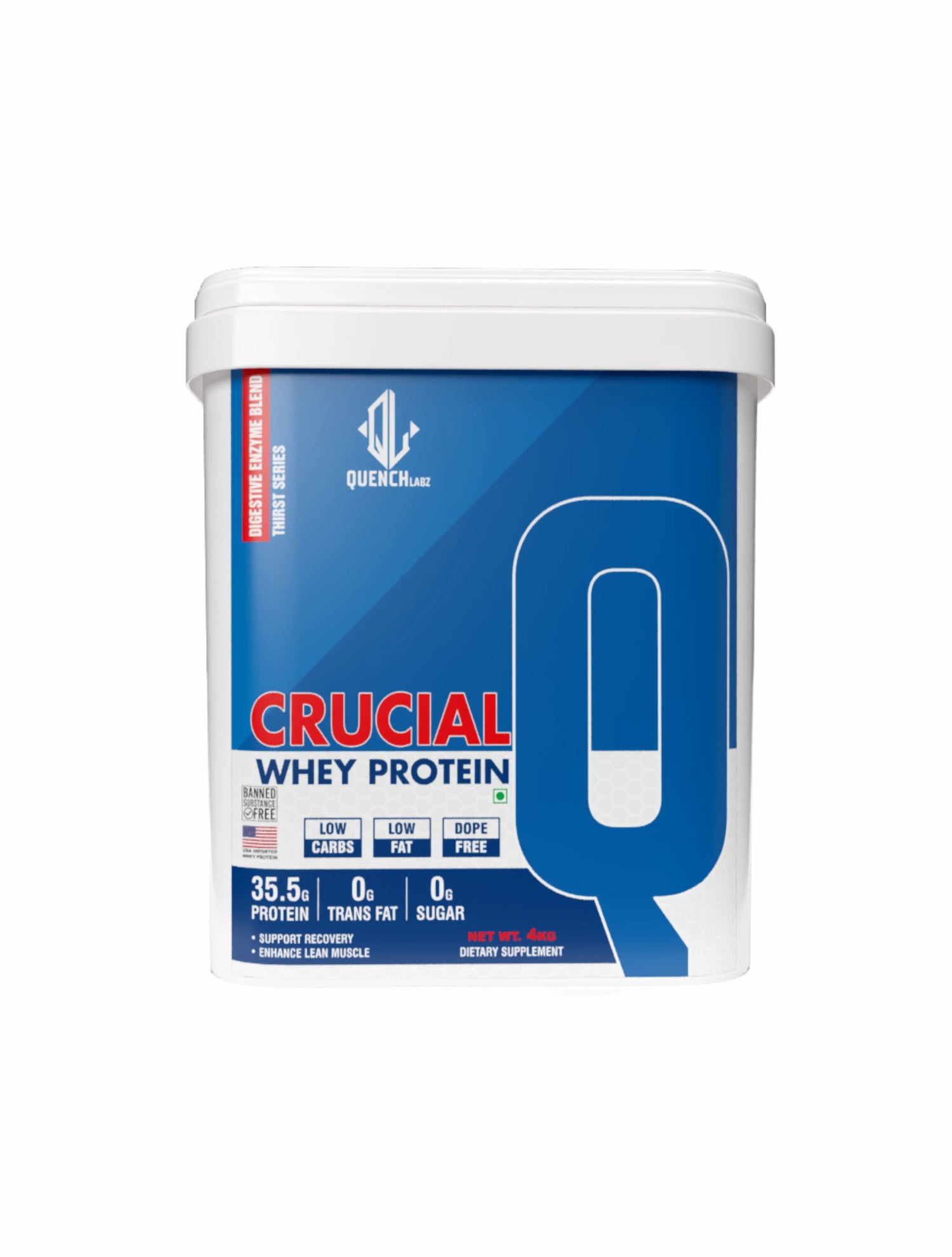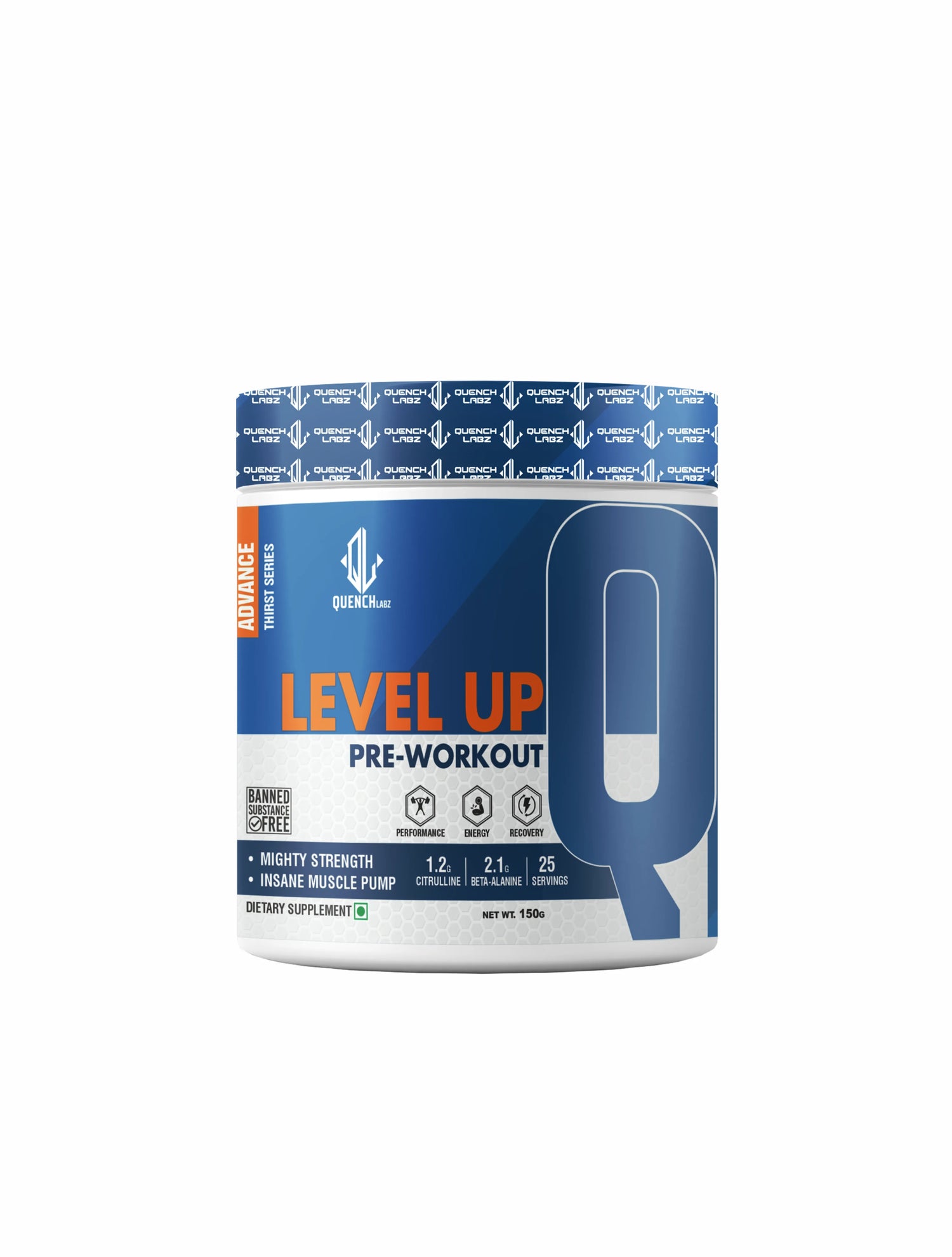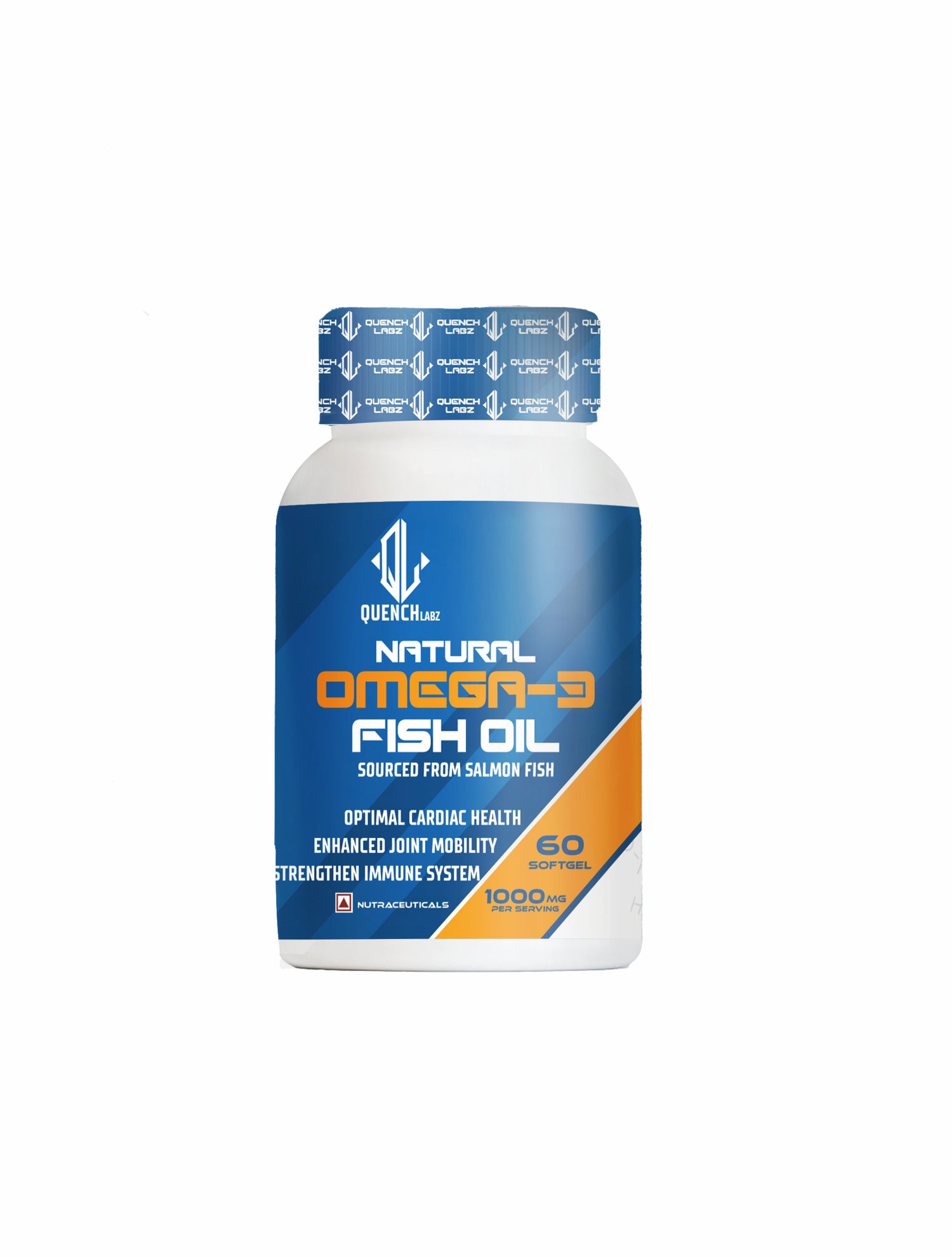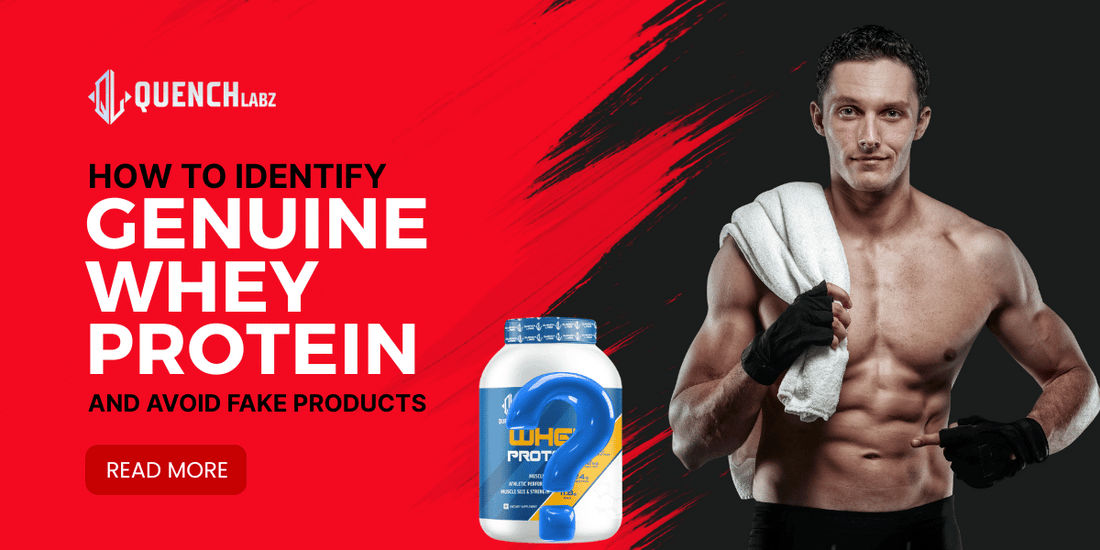In today’s fitness-focused world, whey protein is one of the most trusted supplements for muscle growth, recovery, and overall performance. But with its growing demand, the market has unfortunately seen a rise in fake whey protein products. These counterfeit supplements not only waste your money but can also harm your health.
So, how do you identify genuine whey protein and avoid falling for fakes? Let’s break it down step-by-step.
Why Fake Whey Protein Is a Real Problem
Fake or adulterated protein powders often contain:
-
Low-quality fillers like flour or maltodextrin
-
Harmful substances like chalk powder or starch
-
Very low or no actual whey protein content
-
Fake packaging and misleading labels
Consuming these can lead to side effects like bloating, acne, digestion issues, or worse — long-term health risks due to unknown ingredients.
How to Identify Genuine Whey Protein
1. Check the Packaging Carefully
-
Look for proper labeling, ingredient list, nutrition facts, and manufacturing details.
-
Spelling mistakes, faded print, or blurry logos are red flags.
-
Always check for a batch number, MFG/EXP date, and FSSAI or FDA approval (in India/USA).
2. Verify the Seal and Scoop
-
A genuine protein supplement will come with a properly sealed lid and an inner seal.
-
Make sure the scoop is inside and not missing — fake ones often forget this detail.
3. Mixability Test
-
Mix one scoop in water or milk.
-
Original whey protein dissolves easily without leaving lumps or forming thick layers of foam.
-
Fake products often form clumps, taste chalky, or don’t mix well at all.
4. Taste and Smell
-
Genuine whey has a mild smell and smooth, consistent taste.
-
If it tastes too sweet, bitter, or smells off, it’s a red flag.
5. Protein Test at Home
-
Take a glass of water, add a scoop of whey, stir it gently.
-
If it settles quickly without lumps and forms minimal foam, it’s likely real.
-
If it leaves behind residue or feels grainy, it could be fake or diluted.
6. Barcode & QR Code Verification
-
Most genuine brands now offer QR code or barcode scanning via their websites or apps to help customers verify authenticity.
-
Always scan the code and validate the product before consuming.
7. Buy from Trusted Sources
-
Only purchase from reputable websites, authorized dealers, or official brand websites.
-
Avoid shady e-commerce listings offering massive discounts on protein powders.
Best Practices to Avoid Fake Whey Protein
-
Avoid open boxes or unsealed jars.
-
Compare the product with the official images on the brand’s website.
-
Read verified customer reviews before buying.
-
Don’t be swayed by unrealistic deals — if it looks too good to be true, it probably is.
The Importance of Using Genuine Whey Protein
Using authentic whey protein ensures:
-
Proper muscle recovery
-
Lean muscle development
-
No unwanted side effects
-
Improved workout results
Investing in quality is not just about gains — it's about your long-term health and performance.
Final Thoughts: Trust Only the Best
To fuel your body the right way, always choose genuine whey protein supplements. Stay informed, do your research, and trust verified sellers. Whether you're a beginner or a seasoned athlete, quality matters — and your body deserves the best.
If you're searching for trusted whey protein brands, look for those with transparent labels, lab-tested reports, and high customer ratings.



